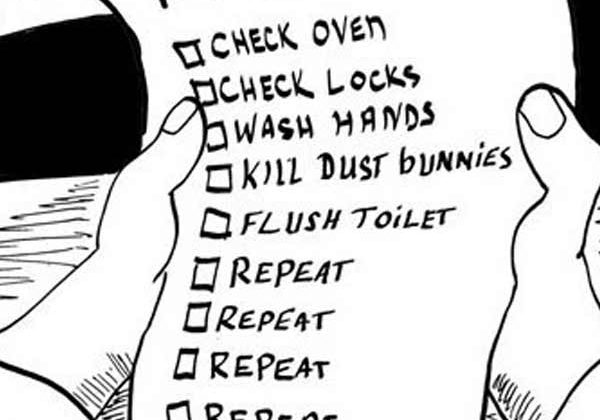Tai Chi May Help Prevent Falls in Older and At-Risk Adults
An analysis of published studies indicates that tai chi may help reduce the number of falls in both the older adult population and at-risk adults. The findings, which are published in the Journal of the American Geriatrics Society, offer a simple and holistic way to prevent injuries.
 Tai chi is an ancient Chinese practice focused on flexibility and whole body coordination that promotes harmonized motion in space. Previous research has shown that tai chi is an effective exercise to improve balance control and flexibility in older individuals. This suggests that the practice might help protect against falls, which are a primary cause of traumatic death for older adults.
Tai chi is an ancient Chinese practice focused on flexibility and whole body coordination that promotes harmonized motion in space. Previous research has shown that tai chi is an effective exercise to improve balance control and flexibility in older individuals. This suggests that the practice might help protect against falls, which are a primary cause of traumatic death for older adults.
To investigate, Rafael Lomas-Vega, PhD of the University of Jaén in Spain and his colleagues searched the medical literature for relevant studies. The team identified 10 randomized controlled trials analysing the effect of tai chi versus other treatments (such as physical therapy and low intensity exercise) on risk of falls in at-risk and older adults.
There was high-quality evidence that tai chi significantly reduced the rate of falls by 43% compared with other interventions at short-term follow-up (less than 12 months) and by 13% at long-term follow-up (more than 12 months). Regarding injurious falls, there was some evidence that tai chi reduced risk by 50% over the short term and by 28% over the long term. Tai chi did not seem to influence when an older or at-risk adult was likely to experience their first injurious fall.
“Tai chi practice may be recommended to prevent falls in at-risk adults and older adults. The length of the interventions ranged from 12 to 26 weeks. The frequency of the 1-hour sessions ranged from one to three times per week,” said Dr. Lomas-Vega. “Due to the small number of published studies, further research is needed to investigate the effect of tai chi on injurious falls and time to first fall.”
Source: Wiley
Full bibliographic information:
Full Citation: “Tai chi for risk of falls. A meta-analysis.” Rafael Lomas-Vega, Esteban Obrero-Gaitán, Francisco Javier Molina-Ortega, and Rafael del-Pino-Casado. Journal of the American Geriatrics Society




